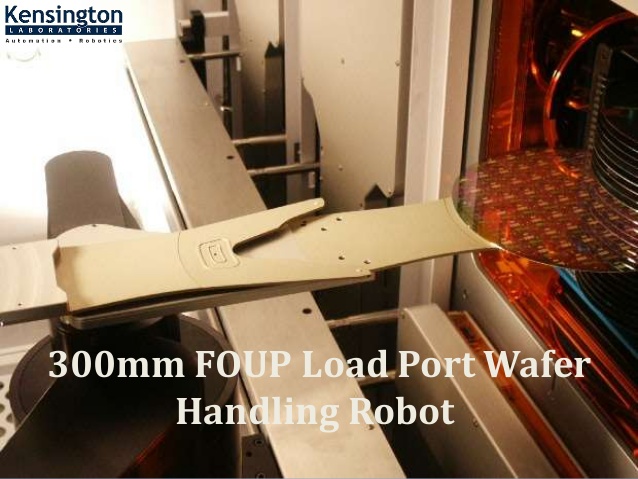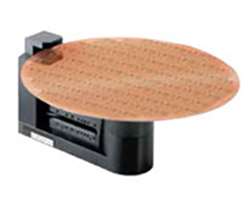What Are the Advantages of Precision Motion Control?
In the cutting-edge, technologically driven world, precision motion management is critical in several industries, from semiconductor production to robotics. Precision motion control includes the accurate positioning and pressure management of a tool or velocity, often via the use of advanced sensors, actuators, and management algorithms. This technology allows the precise movement and manipulation of items, which is vital in high-tech production procedures and other applications requiring excessive stages of accuracy and repeatability.
Benefits of Precision Motion Control
Enhanced Accuracy and Repeatability
The main advantage of precision movement manipulation is that with this technique, one can achieve excessive accuracy and high repeatability. For instance, in the semiconductor industry, where systems are made of components that are made of particles that can be measured in nanometers, even the smallest variation leads to huge vices and overall system flaws. Precise motion management needs to ensure that every stretch is made with a real effort, thus reducing the probability of errors and moving up the general finicky of the job.
Increased Throughput and Efficiency
Precision movement manipulates structures that can function at high speeds without sacrificing accuracy. This capability is important in production environments wherein improved throughput and performance are important to remain competitive. For instance, handling 300mm FOUP containers with high precision and pace in the semiconductor enterprise can significantly enhance production prices. The ability to transport those containers as they should be hastily guaranteed that the production process stays efficient.
Improved Product Quality
With precision motion control, the fineness of synthetic goods is extensively improved. The ability to control movement with excessive precision reduces the likelihood of defects and inconsistencies, leading to better-fine products. This is especially critical in industries such as aerospace, medical tool production, and cars, where the reliability and performance of the products are crucial.
Enhanced Flexibility and Adaptability
Precision movement management structures are designed to be very flexible and adaptable, permitting them to be used in an extensive range of applications. Those structures may be easily programmed and reconfigured to fulfill various responsibilities and procedures' unique needs. This flexibility is beneficial in industries where speedy changes in production necessities are common. For instance, in the robotics industry, precision motion control allows for improving robots that may perform numerous responsibilities with high accuracy and efficiency.
Reduced Downtime and Maintenance
The reliability of precision motion control is another substantial benefit. Those structures are built to resist the rigors of excessive-precision programs, reducing the probability of breakdowns and upkeep problems. As a result, industries that utilize precision movement management can experience decreased downtime, leading to increased productiveness and value savings. Moreover, the long lifespan of those structures method that they require less common replacement, in addition to decreasing operational fees.
Applications in Semiconductor Manufacturing
The semiconductor industry is one of the top beneficiaries of precision movement management technology. In this industry, wafer handling and processing require intense precision. Using precision motion manipulating systems in wafer handling robots ensures that the wafers are moved correctly and appropriately during manufacturing. For instance, handling 300mm FOUP containers with precision movement control structures guarantees the wafer's interior isn't damaged or contaminated, leading to better yields and higher-first-class semiconductor devices.
Conclusion
The benefits of precision motion control are several and impactful throughout various high-tech industries. From more advantageous accuracy and repeatability to improved throughput and performance, advanced product best, and decreased downtime, the advantages are clear. The capacity to deal with 300mm FOUP containers with precision and speed is especially noteworthy in semiconductor manufacturing. As the technology era continues to increase, the significance of precision motion management will best develop, driving innovations and upgrades in production procedures and beyond.
Kensington Labs is devoted to presenting the most reliable and modern wafer-managing robots and precision motion manipulation stages. With their understanding and determination to quality, Kensington Labs remains a leader in the field, delivering solutions that meet the demanding desires of contemporary production and excessive-tech industries.
.jpg)



Comments
Post a Comment